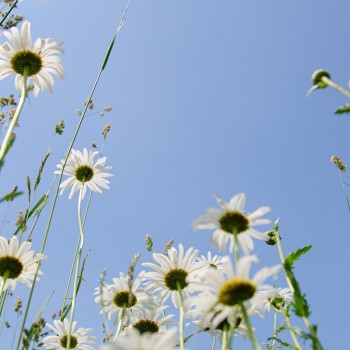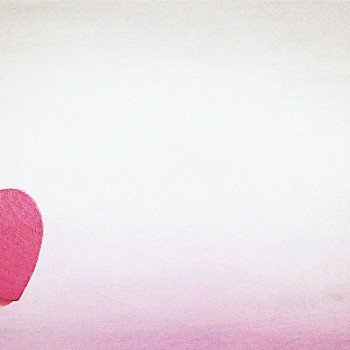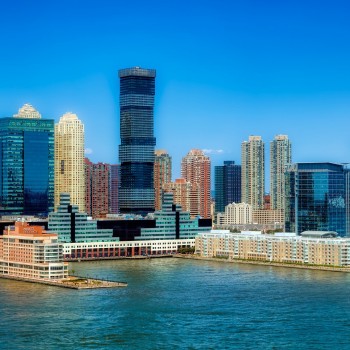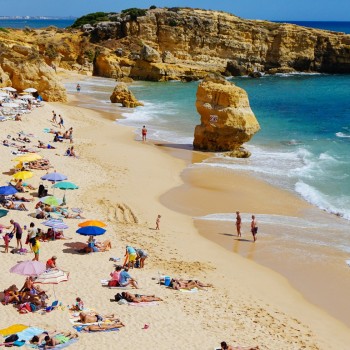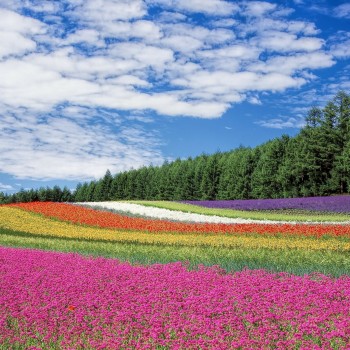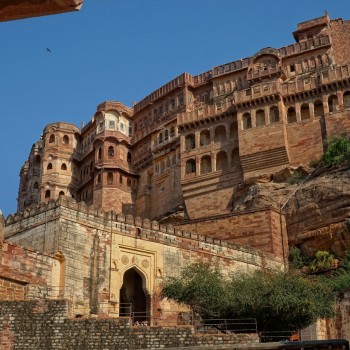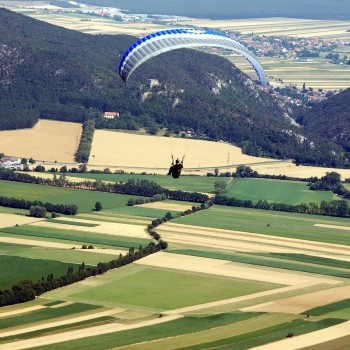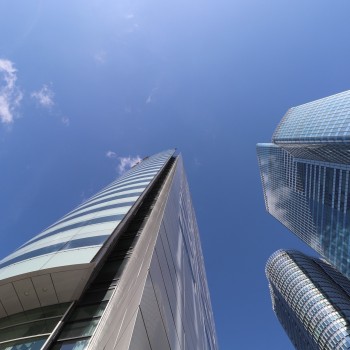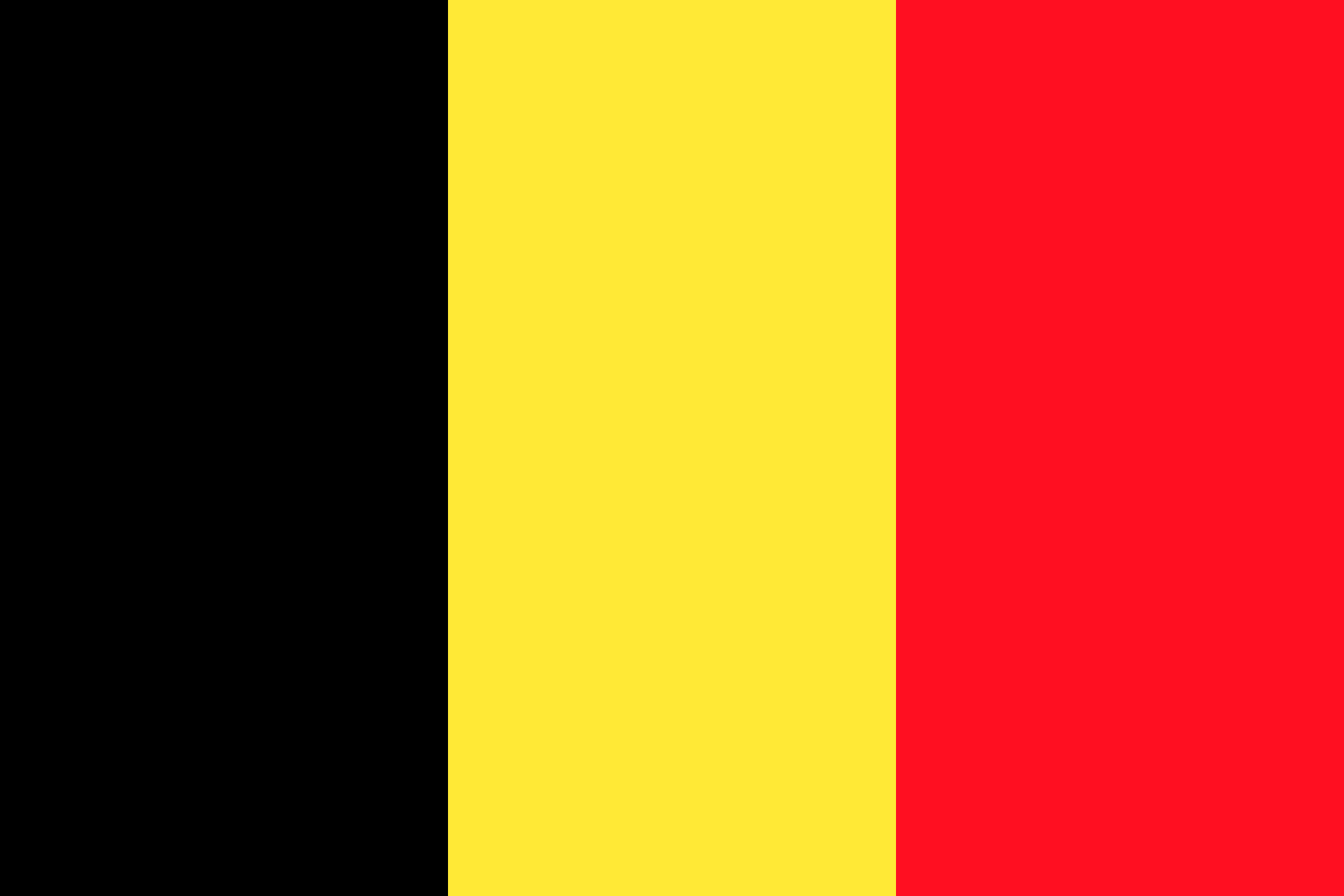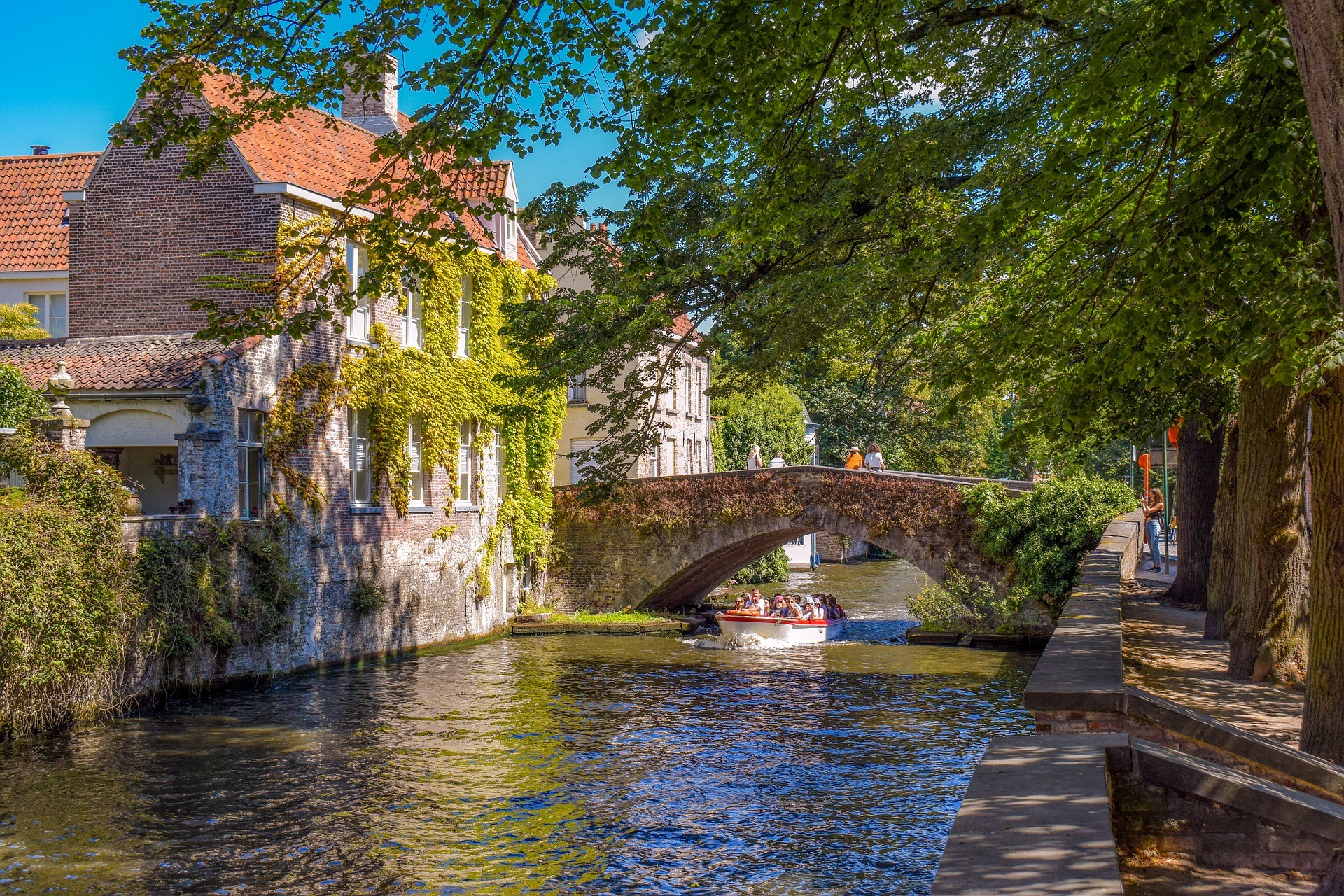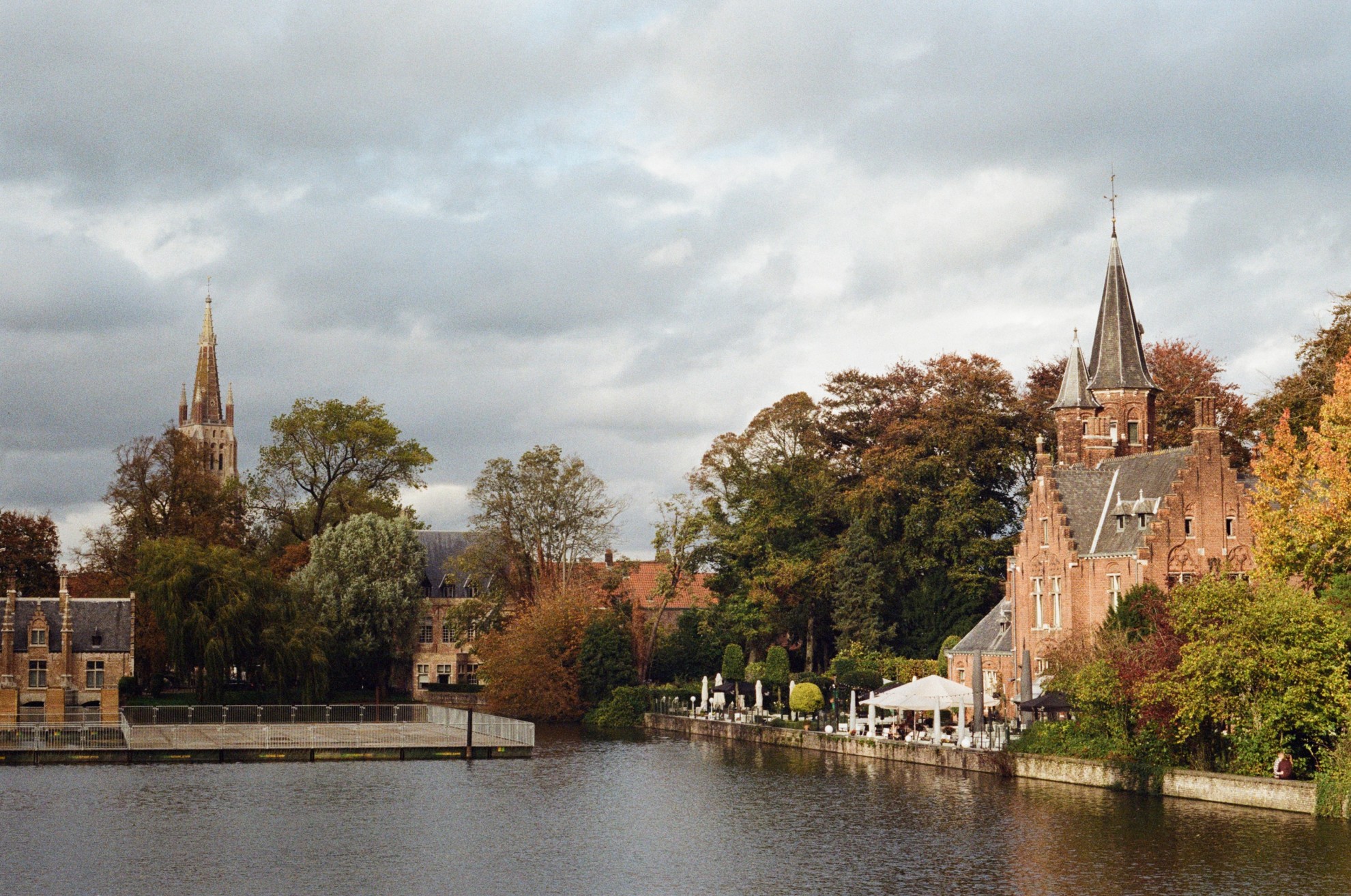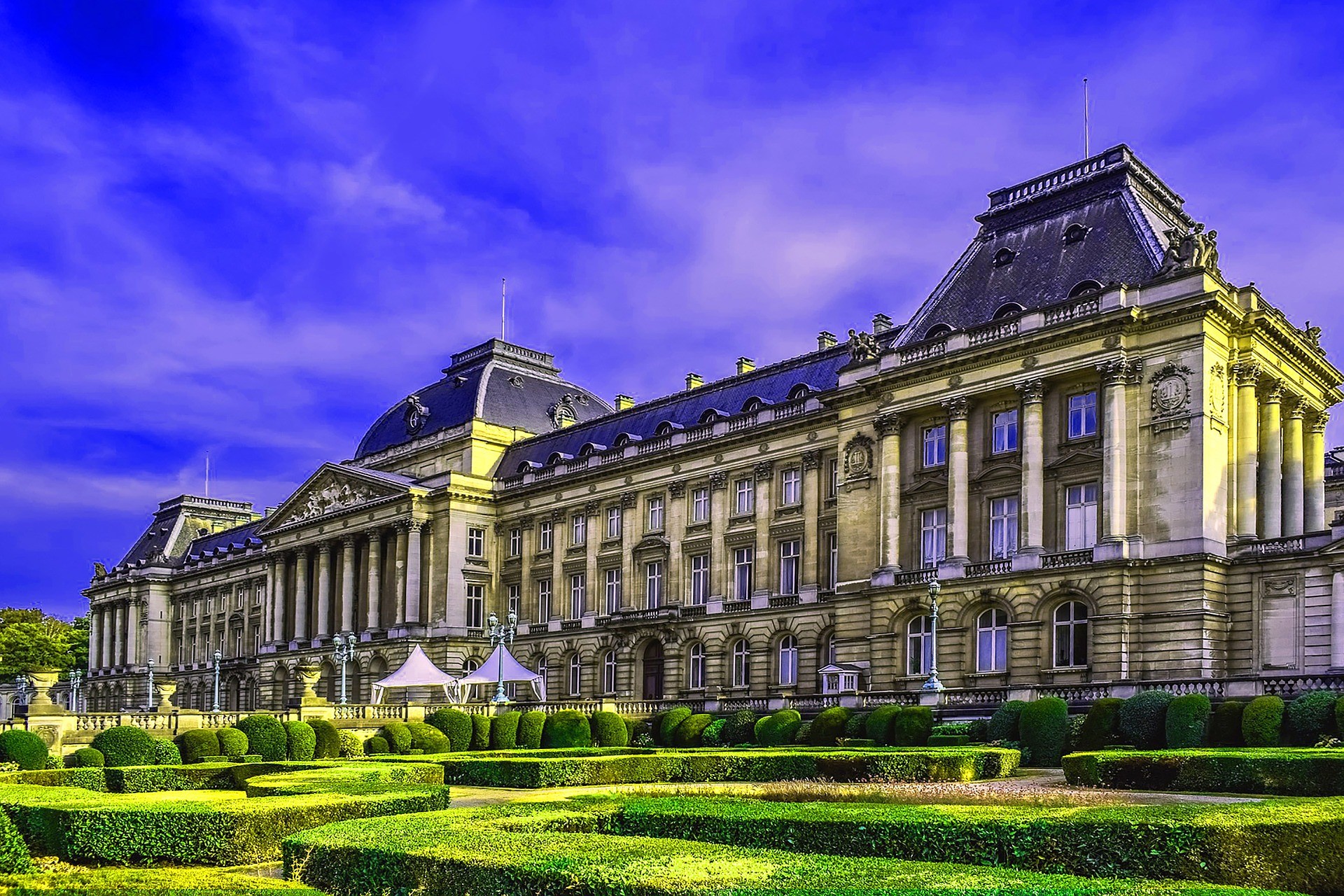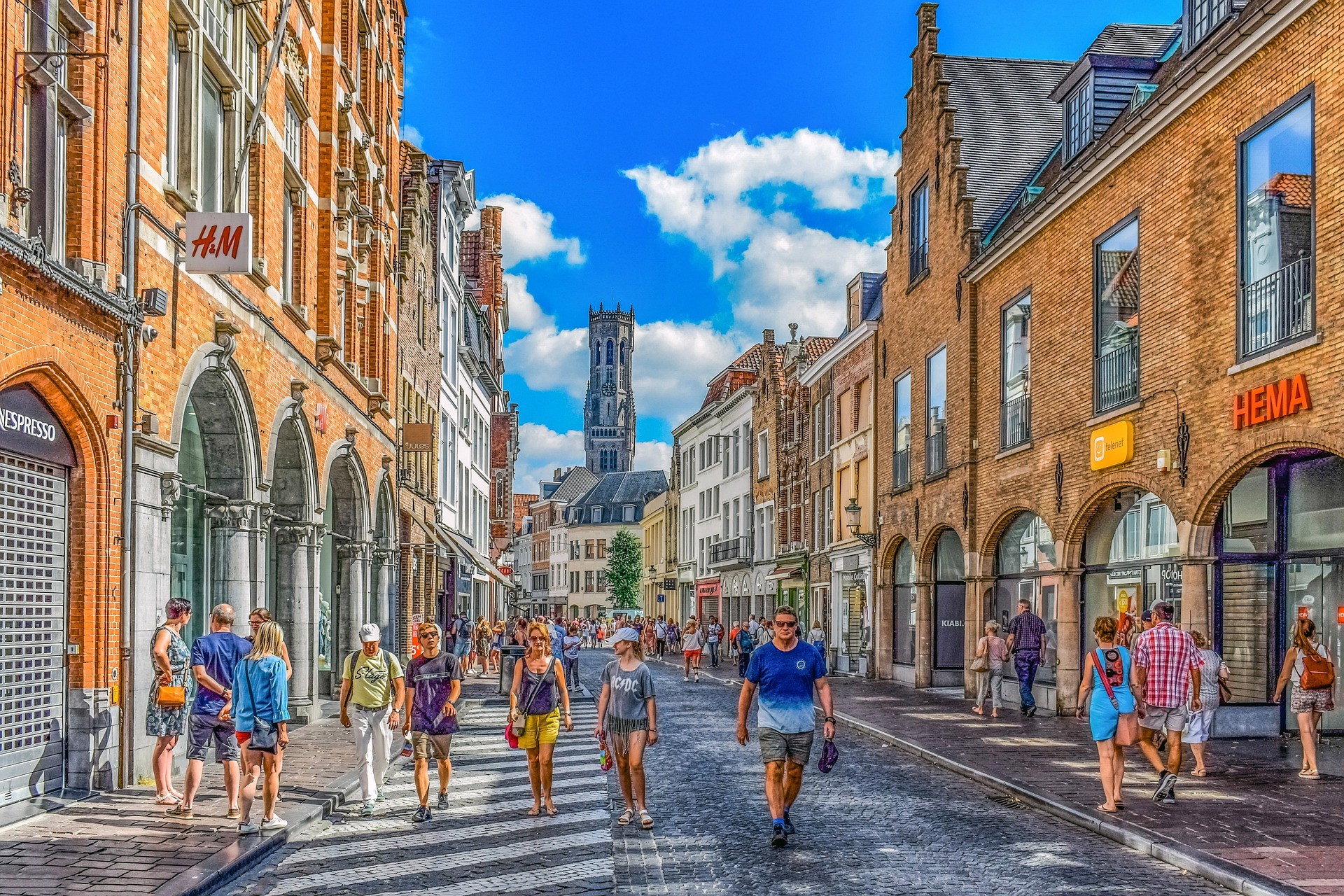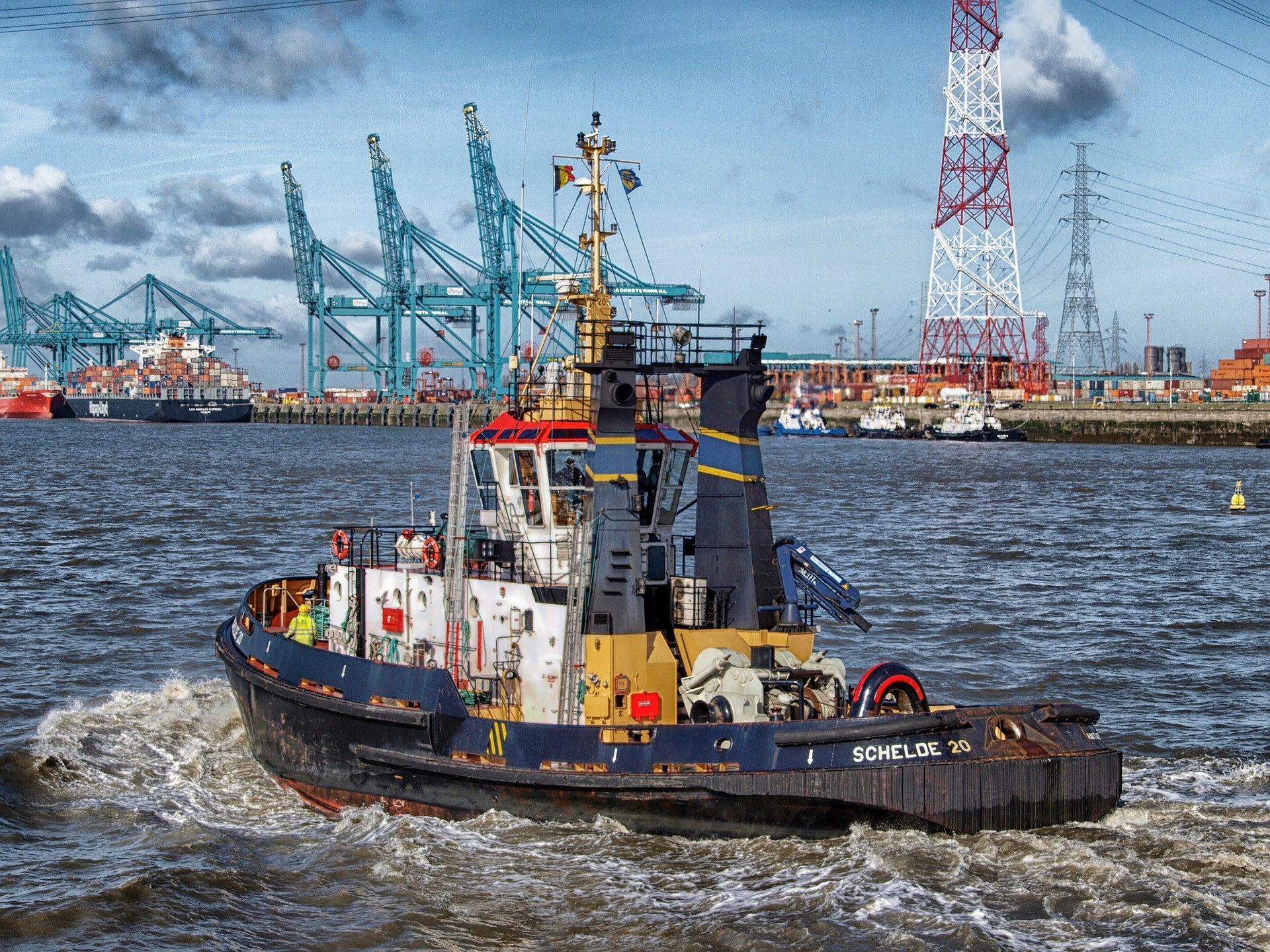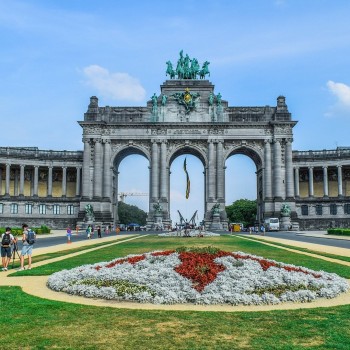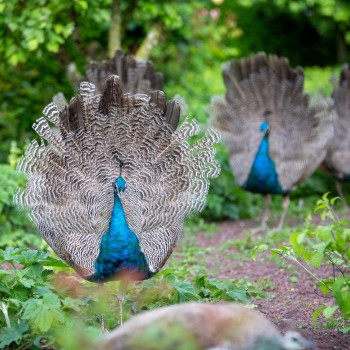Belgium
Belgium
Capital city description
The capital of Belgium is the City of Brussels. As the national capital, this city is home to several important national buildings and offices, including the Royal Palace, used by the King to carry out responsibilities as head of state; the office of the Prime Minister, where the Council of Ministers meets; and the Palace of the Nation, which houses the Federal Parliament. The famous “La Basilique du Sacré-Coeur,” the world’s 4th largest Catholic Church and one of the central tourist attractions, is also in Brussels. This city also serves as the administrative center of the European Union.
Climate
Belgium has a temperate oceanic climate. It is cold, wet and some pleasant summer months are also present. The average annual temperature is 10 degrees Celsius (50° Fahrenheit). In summer, Belgium may suffer from thunderstorms moving north from France. If a high-pressure area is coming from the south, there is a chance of fantastic warm summer weather in Belgium. Winter is cold on the coast but not freezing. The average temperature in February is about 3.5 °C (38.5 °F).
- Spring: March to May
- Summer: June to August
- Autumn: September to November
- Winter: December to February
Languages spoken
French, German, and Dutch are the three primary languages and most widely spoken languages in Belgium. On the other hand, some of the most common foreign languages include Berber, Arabic, Spanish, Italian, Portuguese, Turkish, Greek, Polish, and English; English is widely spoken among these languages.
Fun/Fascinating Facts
- Belgium is home to the world’s best chocolate. King Leopold the Third made Belgium the world-leading chocolate trader. A law granted in 1884 states that a minimum level of 35% cocoa must be used when making Belgian chocolate.
- One of the world’s smallest towns is found in Belgium. Durbuy is a town in eastern Belgium known for its stone houses and cobbled streets. It is home to some of the most beautiful buildings and sites, including the clifftop Belvedere viewpoint.
- The origins of French fries have been traced back to Belgium; You can buy Belgian fries from a so-called fritkot, a small kiosk, or a van that can be found in every city. The Belgians eat their fries with mayo instead of ketchup.
- Same-sex marriages are legal in the country. It became the second country to legalize same-sex marriages in 2003, after the Netherlands.
- Belgium is one of the top diamond exporters in the world. Antwerp World Diamond Centre is situated in Antwerp and among the world’s largest diamond districts.
Unique Customs/Traditions
- One of the ancient traditions in Belgium is traditional shrimp fishing on horseback in Oostduinkerke. The shrimp fishers dressed in yellow raincoats and high boots ride their horses breast-deep into the water at low tide. The horse pulls a net and drags a chain through the sand—vibrations created by the chain rattle the shrimps into jumping into the net. The catch is then deposited into baskets fastened to the saddle.
- Belgium is best known for its quality chocolate, waffles, fries, and beer. Bread, potatoes, leeks, white asparagus are the essential traditional ingredients of Belgium Medical Service cuisine. Popular drinks are beer and wine.
- Cooking is traditionally done with butter, and overall, there is high consumption of dairy products. Many meals include beef, chicken, and pork.
- A typical Belgian family has two children. Couples can marry either in a civil ceremony or in a religious one inside a church.
- Hats are popular and worn by men, and Belgian women prefer to dress as classic huntresses.
Popular universities
| Name | Description | |
|---|---|---|
| Katholieke Universiteit Leuven | Katholieke Universiteit Leuven (Catholic University of Leuven) is a non-profit public higher education institution located in the small city of Leuven, Flemish Brabant, established in 1425. This institution also has branch campuses in the following locations: Ghent, Brussels, Antwerp. Officially recognized by the Vlaams Ministerie van Onderwijs en Vorming, België (Flemish Ministry of Education and Training of Belgium), Katholieke Universiteit Leuven (KU Leuven) is a vast coeducational Belgian higher education institution formally affiliated with the Christian-Catholic religion. Katholieke Universiteit Leuven (KU Leuven) offers courses and programs leading to officially recognized higher education degrees such as bachelor's degrees, master's degrees, doctorate degrees in several areas of study. | |
| Universiteit Gent | Universiteit Gent (Ghent University) is a non-profit public higher education institution located in the urban setting of the small city of Ghent, East Flanders, founded in 1817. Universiteit Gent (Ghent University) was the first university in Europe to be accepted as part of the Songdo Global University Campus (SGUC) in Incheon, South Korea. It provides three bachelor's programs in molecular biotechnology, environmental technology, and food technology to domestic and international students. | |
| Université Catholique de Louvain | The Université Catholique de Louvain, founded in 1425, is a comprehensive university of the French Community of Belgium. It has doctoral schools that offer degrees and research opportunities to students in almost all fields of study, including bachelor’s and master’s programs. The Université Catholique de Louvain has a Faculty of Law and Criminology, Faculty of Philosophy, Arts and Literature, Faculty of Economic, Social and Political Sciences, and Communication, Faculty of Psychology and Educational Sciences, and Faculty of Theology. | |
| University of Liège | Established in 1817, the University of Liège is the comprehensive public university of the Wallonie-Brussels Federation, located in the suburban setting of the medium city of Liège. This institution also has branch campuses in the following locations: Gembloux, Arlon. Université de Liège (ULg) offers courses and programs leading to officially recognized higher education degrees such as bachelor's degrees, master's degrees in several areas of study. | |
| Vrije Universiteit Brussel | Vrije Universiteit Brussel (VUB) is an internationally oriented university and a modern, non-profit private higher education institution located in the urban setting of the metropolis of Brussels. It is also a Dutch and English-speaking research university, established in 1970. The university is organized into eight faculties that accomplish the three central missions of the university: education, research, and service to the community. The faculties cover a broad range of fields of knowledge, including the natural sciences, classics, life sciences, social sciences, humanities, and engineering. The university provides bachelor, master, and doctoral education. | |
| Université libre de Bruxelles | The Université libre de Bruxelles (ULB) is a non-profit private higher education institution located in the urban setting of Brussels, founded in 1834. Université Libre de Bruxelles (ULB) is a French-speaking research university that offers courses and programs leading to officially recognized higher education degrees such as bachelor's degrees and master's degrees in several areas of study. | |
| Université Libre de Bruxelles | Université Libre de Bruxelles (Free University of Brussels) is a non-profit private higher education institution located in the urban setting of the metropolis of Brussels. This institution also has a branch campus in Charleroi Université Libre de Bruxelles (ULB) offers courses and programs leading to officially recognized higher education degrees such as bachelor's degrees, master's degrees in several areas of study. | |
| University of Namur | The University of Namur in Namur, Belgium is a Jesuit, Catholic private university in the French Community of Belgium, established in 1849. It has six Faculties in Philosophy and Lettres, Law, Economic, Social, and Management Sciences, Computer Sciences, Sciences, and Medicine. The University of Namur offers five programs in English: Master in Economics, Master in Biomedical Sciences, Master in Molecular Microbiology, Master in Chemistry, Specialized Master in International and Development Economics. | |
| Universiteit Hasselt | Universiteit Hasselt (Hasselt University) is a non-profit public higher education institution located in the suburban setting of the small city of Hasselt, Limburg. Hasselt University is an innovative university that has a pronounced international orientation. It stands for excellence in education, top research in spearhead fields, and active commitment to innovation and entrepreneurship. Universiteit Hasselt (Uhasselt) offers courses and programs leading to officially recognized higher education degrees such as bachelor's degrees, master's degrees, doctorate degrees in several areas of study. | |
| Instituut Voor Tropische Geneeskunde | Instituut Voor Tropische Geneeskunde (Institute of Tropical Medicine) is a non-profit public higher education institution located in the urban setting of the large city of Antwerp. Officially known as the Prince Leopold Institute of Tropical Medicine, it is one of the world's leading institutes for training and research in tropical medicine and healthcare organizations in developing countries. | |
Festivals & Events

Rock Werchter
Date: July
Rock Werchter is one of the most incredible music festivals in Belgium, featuring numerous talented Belgian musicians showcasing their love for rock music. It started in 1974 and has continued to remain one of the best music festivals in Belgium. Many famous and renowned artists have performed, including Iggy Pop, U2, Muse, Eurythmics, Ramstein, Florence + The Machine, Red Hot Chilli Peppers, and Metallica.

Binche Carnival
Date: February
The Binche Carnival is a traditional festival that started in the 14th century and continues to be the most celebrated traditional festival in Belgium. This three-day-long festival features confetti spread streets, harlequins, peasants, and pierrots parade along the pathways. The central male figures in this festival throw blood oranges towards the crowd. At the closing ceremony of this event, one can find the sky lit up by fireworks.
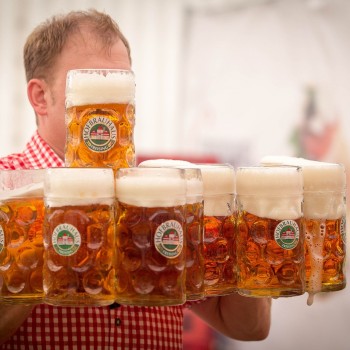
Bruges Beer Festival
Date: December
Bruges Beer Festival is held annually in the Essen region. Visitors can taste about 200 Belgian Christmas and winter beers for two days. This festival houses the best spiced, uniquely flavored, and blended beers, freshly brewed during the winter season. Bruges Beer Festival is one of the most awaited Belgium festivals which offers an excellent opportunity to taste a range of the finest beers in Europe.
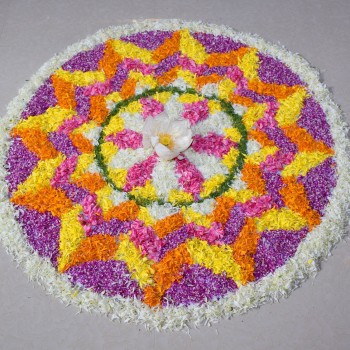
Flower Carpet festival
Date: 15th August
Flower Carpet festival is one of the fantastic festivals in Brussels. The first Flower Carpet of Brussels was held in 1971. It has been a showstopper every two years on the Grand-Place since 1986. Every other summer, on the weekend of August 15th, the Flower Carpet offers a chance to stroll across the Grand-Place, a jewel of Gothic architecture, to inhale the fragrant scent of the begonias and admire its details.
The path leading to the famous Grand Palace is covered in millions of colorful flowers in the form of a lavish woven carpet. A concert is shown in the Grand Place and accompanies a fantastic sound-and-light show every evening of the festival
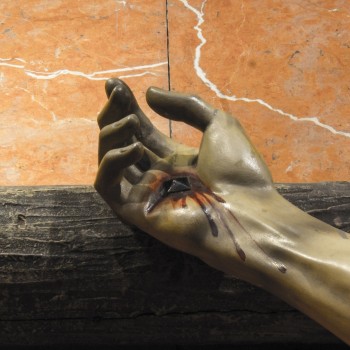
Procession of the Holy Blood
Date: May
Procession of the Holy Blood was first held in Bruges, Belgium in 1150, and is one of Europe’s most significant religious festivals and one of the largest religious Catholic processions. Every May, the relic of the Holy Blood is paraded through the town’s medieval streets. Its journey takes a mile, and the procession holds 1,500 chosen townspeople.
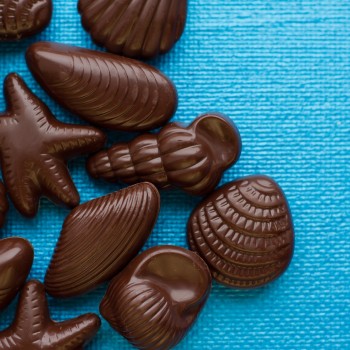
Salon du Chocolat Brussels
Date: February
The Salon du Chocolat is the world’s largest event dedicated to chocolate and cocoa. Salon Du Chocolat is the best Belgium chocolate festival that attracts thousands of visitors held in Brussels, the capital of Belgium; It is a show for the whole family featuring exclusive activities and unique events programs. The visitors can be introduced to and taste various kinds of chocolate produced and displayed by more than seventy producers from France and other countries in the festival.

Festival van Vlaanderen
Date: Between April and October
Festival van Vlaanderen is a tremendous celebration of theater and music, and the dance begins in April and closes in October. The festival takes place in venues across Brussels and Flanders. Fine performances of classical music, theater shows of all kinds, and dance are held in public venues, including historic buildings, abbeys, churches, town halls, theaters, and even outdoors during the summer months.

Tomorrowland Festival
Date: July - August
Tomorrowland Festival in Belgium, held in Boom, Belgium, is the best electronic dance music festival visited by thousands of people from every corner of the world. This festival is a must for every electronic music fan—thousands of people dancing and swaying to the melodious tunes. The Tomorrowland music festival has only featured the best of artists, techno, and stage designs every year.
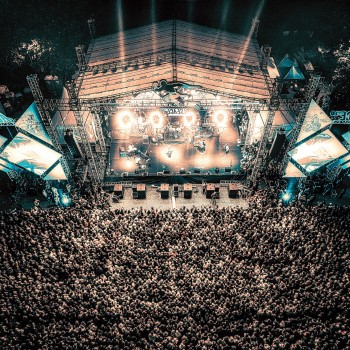
Gentse Feesten
Date: 21st July
The Gentse Feesten is a music and theatre festival in Ghent, Belgium. The first Gentse Feesten was held in 1843. The Gentse Feesten festival is held on July 21st, and it lasts for ten days. It draws almost 2 million visitors every year, making it one of the most significant cultural and widespread festivals in Europe. The Gentse Feesten was called the third biggest city festival in Europe, preceded by the Fallas in Valencia and the Oktoberfest in Munich.
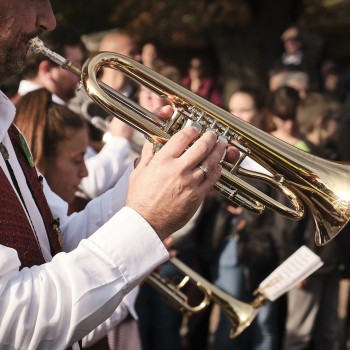
Zinneke Parade
Date: May
The Zinneke Parade is a biennial parade held in the city of Brussels. It is a cultural event organized by the Zinneke Association. The parade was established to connect Brussels' many different cultures, communities, and districts and builds collaborations between residents, organizations, collectives, schools, and artists from other neighborhoods of Brussels and beyond. It is a social and artistic project where people develop their creativity and explore imagination. The parade includes live music, concerts, dance, street parties, and colorful costumes.
Attractions / Top Sights
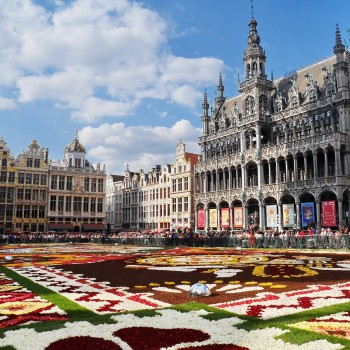
The Grand Place
When to visit: March to May or September and October
Constructed in the 11th century, The Grand Place, also known as Grote Markt, is a famous central square of Brussels, Belgium, bounded by finely preserved guildhalls and other grand buildings such as the City Hall and the Maison du Roi, Hotel de Ville, and Maison des Ducs de Brabant. The square measures 68 by 110 meters (223 by 361 ft) and is entirely paved. It is the most important tourist spot and most memorable landmark in Brussels. It is also regarded as one of the world's most stunning squares and has been a UNESCO World Heritage Site since 1998.
Every two years in August, an enormous "flower carpet" is set up in the Grand Place for a few days. A million colorful begonias are set up in patterns covering many squares.
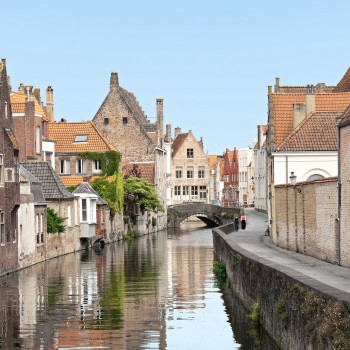
Canals Bruges
When to visit: Spring and Autumn
The Canals Bruges, also known as 'The Venice of the North, is a famous tourist destination in Bruges. The city's canals, first constructed in the early 12th century to connect Flemish Bruges to the North Sea, played a critically significant role in the region's economic development during the Middle Ages. In the Middle Ages, the 'Reie' river had been turned into a network of canals that enabled the traders to bring their products to the large Water Halls at the Market.
Nowadays, boat ride on these famous canals provides a great way to see some of Bruges' most beautiful sites. Among the most recognizable sights in Belgium are the stunning belfry and Halle, which dominate the main square of Bruges.

Gravensteen - “Castle of the Counts”
When to visit: In summer, Spring and late Autumn
The Gravensteen, also known as the Castle of the Counts is a medieval castle at Ghent, East Flanders in Belgium was once used as a residence of the Counts of Flanders until 1353; it has since been used as a court and prison mint, and cotton factory. The castle was restored dates dack 1893 and 1903, and it now houses a museum specializing in torture objects and tools and weapons and armor.
Its strong and impressively thick and high walls soar up from the waters of the river Lieve right in the middle of the old town of Ghent, rising above the rooftops of the surrounding streets. Inside, the vast arched halls and chambers contain exhibits of medieval life. It is now a significant landmark in Belgium and one of Belgium's famous tourists attractions.
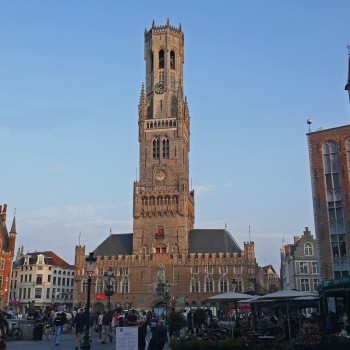
Belfry of Bruges
When to visit: Spring and Autumn
The Belfry of Bruges is a medieval bell tower in the historical center of Bruges. It is one of the city's most prominent landmarks of Bruges. The medieval bell tower dates back to 1240, built when Bruges was a major partaker in the cloth industry. It was rebuilt after being destroyed by fire 40 years later, with other fires occurring in the centuries following. Bells still chime out from the tower today.
A narrow, steep staircase of 366 steps, accessible by the public for an entry fee, climbing the belfry is one of the most popular things for tourists in Belgium. Once at the top, you will be rewarded with a breath-taking and unique panoramic view of Bruges and her surroundings.
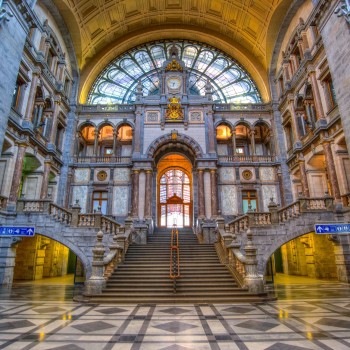
Antwerp Centraal Station
When to visit: April, May and June and between September and October
Centraal Station is the main train station in Antwerp in Flanders. The stone building, which opened in 1905, presents an imposing façade to travelers. The station is widely regarded as the finest example of railway architecture in Belgium and one of the world's most stunning train stations.
Trains depart and arrive on 14 tracks on four levels. Centraal Station is also capable of high-speed handling train. Located in Astrid Square, close to the "Diamond Quarter," Antwerpen-Centraal Railway Station boasts a diamond gallery with 30 jewelry boutiques.

Leuven Town Hall
When to visit: June. July. August. September
Constructed in the mid-15th century, the Leuven Town Hall, the beautiful Gothic-style town hall, is very ornate, seeming lace-like. The Town Hall has three main stories, lined with pointed Gothic windows on the three sides visible from the Markt. The Leuven Town Hall is home to a few hundred statues in the many niches around the building and turrets. Some statues represent biblical figures, other statues scholars, eminent citizens, artists, judges, dukes of Brabant, and the image of the great Napoleon and one of the Belgian kings.

Tournai: Romanesque Cathedral and oldest Belfry
When to visit: April, May and June and between September and October
Tournai is a romantic city in Wallonia. It is home to its remarkable Romanesque Cathedral and the ancient Belfry. Cathedral is on the UNESCO World Heritage List as one of the best-preserved Cathedrals in Northern Europe. It is renowned for having one of the most impressive Romanesque naves in Europe and has a remarkable array of statues. At the same time, the 72m high belfry Belfry offers excellent views across the city, especially over the nearby Cathedral. It is the oldest in Belgium and stands 72 meters high. It provides very informative multi-lingual displays on the role of Belfries in the history of the region. The Belfry is also included on the UNESCO World Heritage List as part of the Belfries of Belgium and France. It was erected in 1188 and is the oldest in Belgium and Northern Europe.
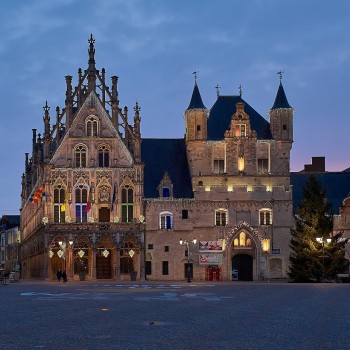
Grote Markt in Mechelen
When to visit: April, May and June and between September and October
The Grote Markt in Mechelen is a large square that is the city's heart; it is the city's main square. Grandiose buildings surround the square from different times and in contrasting architectural styles. St. Rombold's Cathedral, the city's largest church, sits at one end of the pedestrian cobblestone square, while the town hall occupies the other end. Restaurants and shops that once were private homes complete the other two sides. Today, the square hosts a market every Saturday morning.
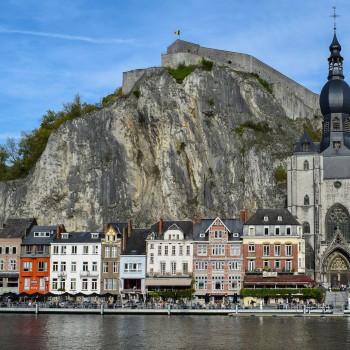
Dinant
When to visit: July to September
Dinant is another tourist pleasure and one of Belgium's best places to visit, located by the banks of the Meuse River in the Namur province of Belgium. Home to famous natural caves, caverns of Europe such as Caves of Han and the Grotto of Dinant, and the best national parks in Belgium, Dinant has a rich wildlife reserve with exotic biodiversity.
One of the best panoramic views in Dinant is the citadel of Dinant. Constructed in 1051, Citadelle de Dinant sits on Dinant rock on the site of a fort. The citadel blends with the cliff face on which it sits, complete with a grassy roof. A vast interior courtyard and a museum offer visitors a glimpse back in time once inside.
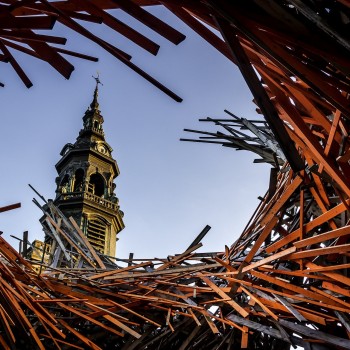
Mons Belfry
When to visit: April, May and June and between September and October
Inscribed on the Unesco World Heritage List on 1 December 1999, the belfry of Mons is the only baroque belfry style in Belgium located on the highest point in Mons, on a square that once housed a castle. The belfry, built in the 17th century, is topped by an onion-shaped dome. This bell tower is 87 meters (285 feet) high, with a 49-bell carillon at the top; the largest bell weighs five tons.


